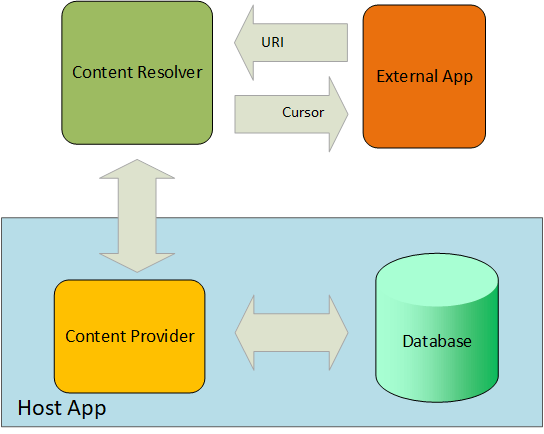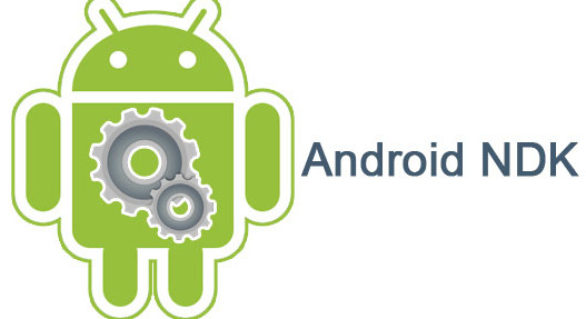Goodbye OpenGL, welcome Vulkan!
Some of my Android works is OpenGL ES 2.0 based. In the last time, I focused on other technologies and apps. OpenGL ES 2.0 is one of my favourites libraries, but I have to admit that it has some limitations, first of all, the constraint to be executed only on a single thread. Nowadays, with…
Read more





Recent Comments